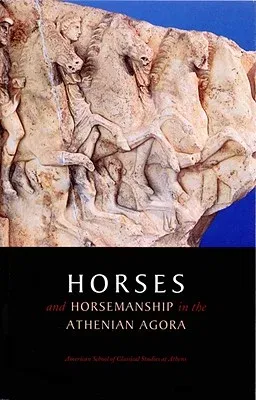John McK Camp II
(Author)Horses and Horsemanship in the Athenian Agora (Volume XXIV)Paperback - Volume XXIV, 1 December 1998

Qty
1
Turbo
Ships in 2 - 3 days
In Stock
Free Delivery
Cash on Delivery
15 Days
Free Returns
Secure Checkout

Reading Age
Ages: 14
Grade Levels
9
Part of Series
Excavations of the Athenian Agora
Print Length
40 pages
Language
English
Publisher
American School of Classical Studies at Athens
Date Published
1 Dec 1998
ISBN-10
0876616392
ISBN-13
9780876616390
Description
Product Details
Audience:
Ages: 14
Author:
Book Edition:
Volume XXIV
Book Format:
Paperback
Country of Origin:
US
Date Published:
1 December 1998
Dimensions:
21.41 x
13.92 x
0.33 cm
Educational Level:
Grade Levels: 9
ISBN-10:
0876616392
ISBN-13:
9780876616390
Language:
English
Location:
Princeton
Pages:
40
Weight:
99.79 gm